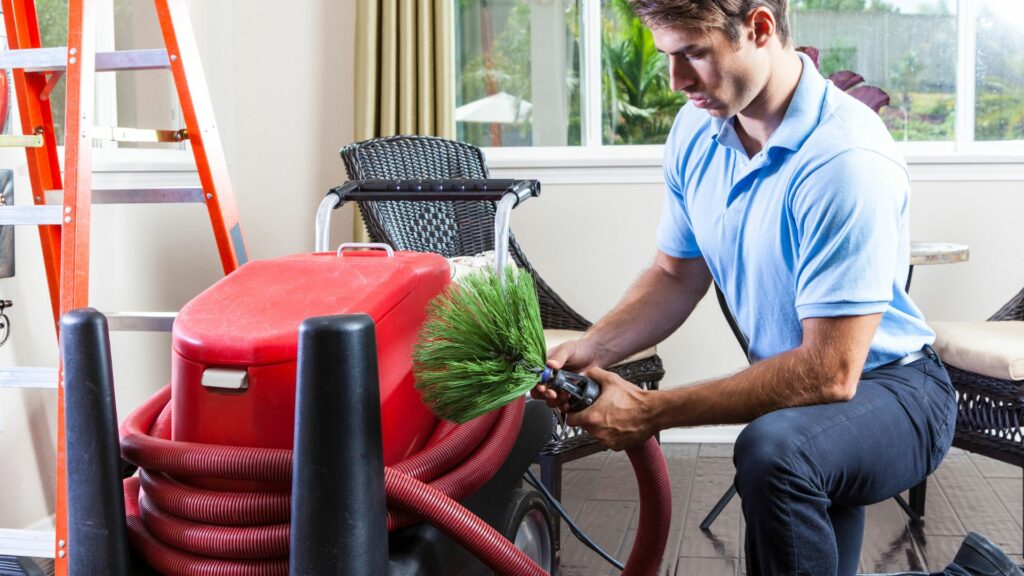Proper air duct cleaning is essential to maintain a clean and healthy indoor environment. To ensure a comprehensive cleaning process, it’s crucial to know how to count vents for air duct cleaning. This guide will provide a detailed walkthrough on the best methods and practices for counting vents.

Introduction to Air Ducts and Vents
Air ducts and vents are integral parts of any HVAC (Heating, Ventilation, and Air Conditioning) system. They help in maintaining indoor air quality by circulating air from heating and cooling systems. Over time, dust, debris, and other contaminants can accumulate in vents, necessitating thorough cleaning.

Why Counting Vents is Important
Before diving into air duct cleaning, knowing exactly how many vents you have helps in estimating the cost and time required for the cleaning process. Additionally, it ensures that no vent is overlooked, leading to a more effective cleaning.

Types of Vents in Your Home
Supply Vents
Supply vents blow air into the rooms from the HVAC system. These are typically smaller and are connected to the ductwork.
Return Vents
Return vents draw air from the rooms back into the HVAC system to be reheated or cooled. These are generally larger and are also connected to ductwork.

Preparing to Count Vents
- Gather necessary tools (flashlight, notepad, and pen)
- Prepare a floor plan or drawing of your home

Step-by-Step Guide on Counting Vents
Identify All Rooms
Start by identifying all the rooms in your home, including less commonly accessed areas like basements and attics.
Locate Supply Vents
Walk through each room and identify all supply vents. Use your floor plan to mark their locations. Supply vents can often be found on floors, walls, and ceilings.
Locate Return Vents
Next, locate and mark all return vents. Generally, these are fewer in number compared to supply vents and can be found on walls and ceilings.
Common Challenges and Solutions
Some rooms might have vents that are hard to spot, especially in attics or basements. Use a flashlight to inspect these areas thoroughly.
Using Technology to Assist
Consider using apps that can help in creating a virtual floor plan or use smart devices that can help locate hidden vents.
Recording Your Findings
Make a detailed list of all the vents you’ve found. Note down the type and location of each vent.
Verifying Your Count
Walk through your home again to verify your initial count and ensure that no vent is missed.
Estimating Cleaning Costs
With an accurate count of the vents, you can now better estimate the cost of air duct cleaning. You may refer to this guide for more information on pricing.
FAQ
What tools do I need to count vents?
You will need a flashlight, a notepad, and a pen. Making a floor plan is also beneficial.
Why is it important to know the number of vents?
Knowing the number of vents helps in estimating the cost and time required for cleaning them.
Can technology help in counting vents?
Yes, there are apps and devices that can assist you in identifying and marking vents on your floor plan.
Conclusion
Knowing how to count vents for air duct cleaning is a vital step in ensuring a thorough and efficient cleaning process. With accurate counting, you can better plan your air duct cleaning project, ensuring all vents are covered and cleaned properly. Remember, keeping your vents and ducts clean leads to a healthier indoor environment.
To learn more about air duct cleaning, visit our detailed guide on what is air duct cleaning.